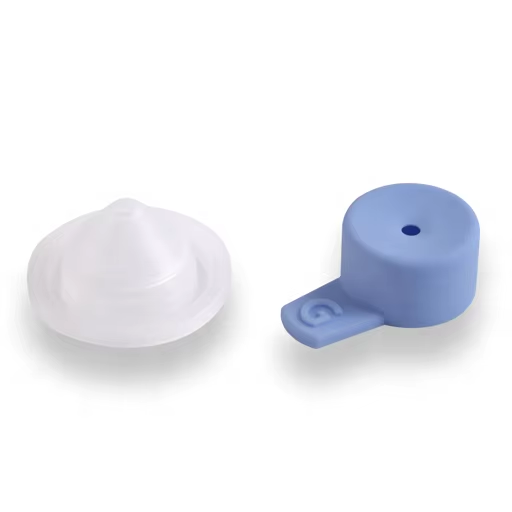In medical packaging, the seal means everything, it ensures patient safety and sterility while avoiding contamination. After all, what's the point of a sterile syringe or surgical tool if the packaging can't keep them protected? The seal sole purpose is to prevent contamination, stay intact during transport, and provide a clean, reliable opening during clinical application. To understand seal performance, it is crucial to identify the qualities that characterizes quality.
1.The Importance of Medical Seals
The function of a medical seal extends beyond just closing a package; it’s the barrier that protects medical equipment throughout storage and handling. A broken seal doesn't just ruin the package, it increases the possibility of contamination and infection. It's like a safety seal on medicine; once it's broken, the product can no longer be considered safe. That's why strong, reliable seals aren't just nice to have, they're essential. They must survive during transport and storage while ensuring aseptic access in clinical settings, like a nurse opening a kit in the ER. The task for manufacturers is to prove seal quality in every package. Because in healthcare, even the smallest detail adheres to safety regulations, protect patients, and healthcare workers.
2.Regulatory Standards for Medical Packaging
Visual appearance alone is insufficient; seals must be validated to make sure they function properly. FDA, ISO, and ASTM establish strict standards to be sure that every item remains sterile, and protects them during transport. One of the main standards is ISO 11607, which covers everything - from how strong the packaging material is to whether the seal withstand drops, heat, cold, and transport. Manufacturers prove compliance through tests such as peel testing which determines if the seal opens neatly without ripping and burst testing to see how much pressure a seal can handle. For products like sterile wound dressings, packaging must maintain sterility during shipping and storage. Following these standards is not optional but essential for clinical safety.
3.Optimizing Seal Performance in Production
Good materials matter, but in medical packaging, what really proves the strength of a seal depends on the care taken in running the process. What's the point of having the best material if the sealer just a bit too hot, too cold, or too long? A good seal depends on the right balance of heat, pressure, and time. A minor mistake can produce insufficient strength, excessive tightness, or poor usability. Automation machine helps spot problems in real time, while peel tests and visual checks ensure defects are identified before products use for clinical application. In one case, a manufacturer making surgical gloves noticed their seals occasionally failed. The real cause? A failing sensor that cause one bar to run at the wrong temperature. Failures are prevented and overall seal performance is improved after the sensor is replaced. The lesson is; safe, reliable seals depend on well-maintained equipment and knowledgeable operators.

 EN
EN
 CN
CN
 AR
AR
 HR
HR
 CS
CS
 DA
DA
 NL
NL
 FI
FI
 FR
FR
 DE
DE
 EL
EL
 IT
IT
 JA
JA
 KO
KO
 NO
NO
 PL
PL
 PT
PT
 RO
RO
 RU
RU
 ES
ES
 SV
SV
 IW
IW
 ID
ID
 LV
LV
 SR
SR
 UK
UK
 VI
VI
 ET
ET
 HU
HU
 TH
TH
 TR
TR
 FA
FA
 AF
AF
 MS
MS
 GA
GA
 CY
CY
 MK
MK
 KA
KA
 UR
UR
 BN
BN
 MN
MN

